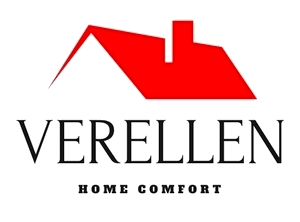Top relaxation techniques for stress

In the fast-paced world we live in, stress and anxiety are common experiences for many people. Finding effective ways to manage these conditions is crucial for maintaining mental and physical health. In this article, we will explore some of the best relaxation techniques that can help you cope with stress and anxiety, incorporating a key method known as the nine win login technique.
Deep breathing as a foundation for relaxation
One of the simplest yet most powerful techniques to reduce stress is deep breathing. This method focuses on slowing down the breathing rate and making each breath deeper. Deep breathing helps to activate the body’s natural relaxation response, counteracting the heightened stress response. By practicing deep breathing, you can improve your oxygen flow, reduce your heart rate, and promote a sense of calm. Techniques such as diaphragmatic breathing, where you consciously engage your diaphragm, can be particularly effective. This form of breathing encourages full oxygen exchange and can significantly lower stress levels.
Progressive muscle relaxation and guided imagery
Another highly effective relaxation strategy is progressive muscle relaxation (PMR). This technique involves tensing and then relaxing each muscle group in the body progressively. Starting from the toes and moving up to the forehead, PMR helps to identify areas of tension and promote overall relaxation. It can be particularly helpful before bedtime to alleviate insomnia associated with anxiety.
Guided imagery complements progressive muscle relaxation by using mental visualizations to induce calm. In this technique, you imagine yourself in a serene setting where stress doesn’t exist. The sensory experience in your mind’s eye, including sights, sounds, and smells, can significantly enhance relaxation and provide a mental escape from stress.
Integrating relaxation techniques into your routine
Incorporating these relaxation techniques into your daily routine can significantly help manage stress and anxiety. Whether it’s starting your day with deep breathing, using progressive muscle relaxation during breaks, or unwinding with guided imagery at the end of the day, consistent practice is key. Remember, the goal is not to eliminate stress completely but to manage it effectively so that it doesn’t impair your quality of life. Start with small steps, and gradually these methods will become a natural part of your life, helping you to achieve a more balanced and relaxed state of mind.
